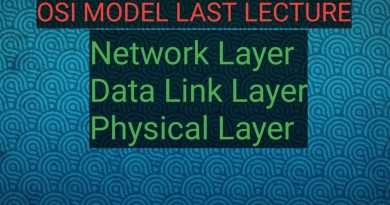From IPv4 scarcity to IPv6 fullness – best practices for the transition in a real case scenario
From IPv4 scarcity to IPv6 fullness – best practices for the transition in a real case scenario, Wardner Maia (MD Brasil – Information Technology, Brazil). The growth of IPv6 deployment on the last mile over the last three years has been exponential and the transition to IPv6 is a road with no return. IPv6 is already a reality for many countries like Germany for instance, where there are more than 40% of final customers with IPv6.
However, as long as IPv4 content still exists on the Internet, ISPs’ access networks must survive in a world where there are more clients than the available IPv4 space. To address this situation, many of them are doing NAT, or rather, CGNAT – Carrier Grade NAT.
In its turn, CGNAT imposes technical and regulatory burdens. As the network grows, more and more powerful equipment are needed and the necessity to unambiguously identify a client behind a single IP address is an important issue.
On the other hand, while fighting with IPv4 scarcity, ISPs have to deploy the “new” protocol characterized by the abundance of addresses where a correct planning is the key for a successful and perennial implementation.
This presentation will be divided in 2 parts: in the first one, we will propose a method for implementing CGNAT following the appropriate RFCs, BCOPs and in order to attend regulatory requirements. The implementation will use RouterOS features in a way to reduce to a small amount of rules regardless of the number of « Natted » customers, saving router resources.
On the second part we will see the best practices to plan a real IPv6 network and how to deploy it from the border routers to last mile in a real ISP case scenario, providing fixed and/or dynamyc prefixes to final customers, circumventing some RouterOS characteristics related to RADIUS prefix delegation.
About the presenter: Wardner Maia is Electronic Engineer, CTO of MDBrasil (Brazil) – a Brazilian ISP company, Mikrotik Trainer (#021) since 2007 and chairman of LACNIC – the regional registry for Latin America and Caribbean.. PDF: https:.
Views : 727
ipv4




